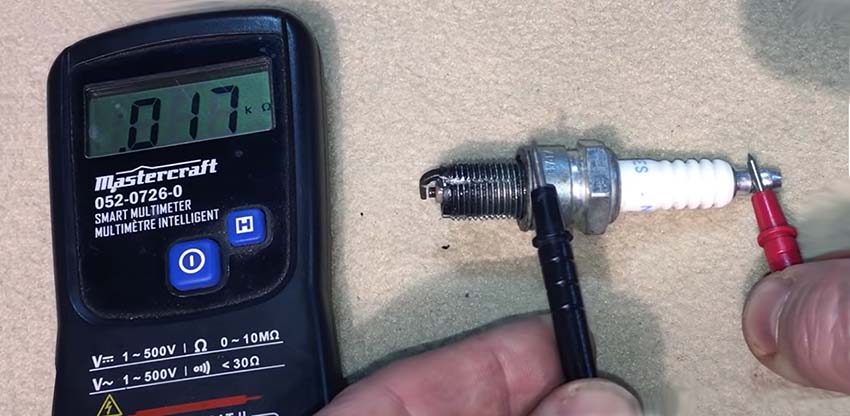Spark plugs play an essential role in your vehicle’s engine. They provide necessary sparks to ignite the air-fuel mixture, creating a combustion that powers your car. To ensure optimal performance, engine components must be checked regularly and spark plugs are one of the most important elements to maintain. When checking spark plugs, a multimeter can provide an accurate measurement of the resistance value in each plug. This guide will explain how to check spark plugs with a multimeter and interpret the results from the readings taken.
Supplies Needed
Before beginning the process of checking spark plugs with a multimeter, make sure you have all of the necessary supplies on hand:
- A multimeter with ohms measurement capabilities
- Spark plug removal tool (if necessary)
- New spark plug set (optional)
Once you have gathered all of your supplies, you can begin testing your spark plugs.
Remove the Spark Plug Cap
Before taking any measurements, first remove any plastic coils or caps that may be covering your spark plug’s connection area as this could interfere with readings taken by the multimeter. If needed use a socket wrench or spark plug removal tool, whichever is compatible with your engine type, to ensure all caps are removed safely and securely.

Set Multimeter to Ohms Measurement
Now that the spark plug cap is off and out of the way you can take out your multimeter and set it to ohms measurement. This will allow you to measure the resistance of each spark plug as you test them one by one. Once you have set the multimeter for ohms measurements, place the leads onto their corresponding terminals on the multimeter device itself.
Connect Multimeter Leads and Take Readings
Next step is to connect your multimeter leads onto each individual spark plug connection: one lead will be placed on the metal center electrode while another lead should be placed at a distance from it, usually on its body or collar area (depending on what kind of spark plugs are used). Once both leads are connected properly, take readings until all spark plugs have been tested in this manner. Record all results in a notebook or electronic device for future reference.
Interpret Your Results and Troubleshoot as Needed
Depending on your vehicle’s make and model, different types of spark plugs may be necessary for optimal engine performance. Generally, acceptable readings for spark plugs should range anywhere from 0.7 to 1.2 ohms in order to produce a stable electrical connection and a healthy combustion process. If any readings are outside of this range, it is likely that the spark plug needs to be replaced or adjusted accordingly (if possible). If the reading on a particular spark plug is too high or low, check the gap between its center electrode and ground electrode (the distance between these two elements can affect resistance value). Adjusting the gap may help restore an optimal reading on your multimeter.
Re-Install and Test Driving the Vehicle
Once all of your spark plugs have been tested with a multimeter and any necessary adjustments have been made, it is time to re-install them into their respective sockets. Tightening spark plugs correctly according to the manufacturer’s torque specifications is crucial for proper installation and to prevent potential issues. After the spark plugs are securely in place, take your vehicle out for a test drive in order to determine if any further troubleshooting needs to be done. By carefully reinstalling and correctly tightening the spark plugs, you can ensure optimal engine performance and a smoother driving experience.
Conclusion
Whether you’re looking for accurate measurements on your spark plug resistance values or simply want to inspect their overall condition before making any changes, using a multimeter can provide invaluable insight into how well they are performing over time as part of your vehicle’s engine system. With the right supplies, a little bit of troubleshooting, and the guidelines mentioned in this article, you should be able to test your spark plugs with a multimeter and get your vehicle running smoothly in no time.



